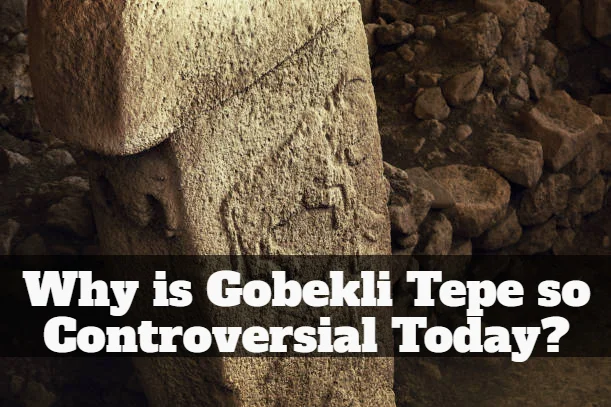In ancient mysteries, few sites always captivate our imagination; one of these captivating sites lies in southeastern Turkey, known as Gobekli Tepe. This archaeological marvel challenges our understanding of civilization’s dawn. Dated at approximately 11,000 years old, it predates Stonehenge by a staggering 6,000 years. Yet, despite its intriguing revelations, Gobekli Tepe remains shrouded in controversy, sparking debates among scholars and archaeologists worldwide.
Unveiling the Mystery of Gobekli Tepe

Architectural Marvels of The World
Gobekli Tepe is a testament to prehistoric ingenuity, boasting massive carved stones meticulously arranged by a people devoid of metal tools or pottery. Often referred to as the world’s oldest temple, it comprises circles of standing stones, some weighing between seven and ten tons. German archaeologist Klaus Schmidt, who dedicated over a decade to its exploration, contends that this was humanity’s first “cathedral on a hill.” However, the absence of evidence indicating permanent residence raises questions about its purpose.
The Archaeological Odyssey: Gobekli Tepe’s Dismissal to Resurrection
Disapproved by archaeologists in the 1960s, Gobekli Tepe’s true significance emerged when Schmidt revisited the site in 1994. the initial mistake of identifying the carved limestone fragments as gravestones adds an air of mystery to this archaeological treasure. It underscores the mystery that shrouds this historical gem. Schmidt’s subsequent discoveries, coupled with advanced technologies like ground-penetrating radar, have unveiled an expansive complex with multiple megalithic rings awaiting further exploration.
- Advertisement -
An Archetype Shift: The Agricultural Introduction
Conventionally, the narrative of human civilization suggests that settled communities and agriculture preceded monumental construction. Gobekli Tepe challenges this view, proposing a reversal of causality. Schmidt argues that the effort to build these structures, involving hundreds of workers, laid the foundation for settled communities. The site’s proximity to raw materials for farming, with evidence of tool use and the eventual domestication of animals, paints a picture of a society on the brink of significant change.
Symbols in Stone: Deciphering the Unwritten Language
As we stand 6,000 years before the invention of writing, interpreting Gobekli Tepe’s symbols remains an elusive task. Carvings featuring foxes, lions, scorpions, and vultures dominate, hinting at a symbolic language lost in the sands of time. Even though archaeologists feel driven to theorize, they understand how challenging it is to unravel the significance of ancient contexts. The absence of direct sources leaves us with a tempting mystery of a complex built by people whose worldview eludes our comprehension.
Conclusion: Gobekli Tepe
Gobekli Tepe, with its mysterious purpose and astonishing age, continues to be a subject of controversy and fascination. Unraveling its mysteries requires piecing together fragments of the past, where symbols and structures serve as cryptic clues. As we delve into the ancient minds that conceived this monumental feat, the debate surrounding Gobekli Tepe intensifies. What do you think was the purpose of this ancient marvel?


